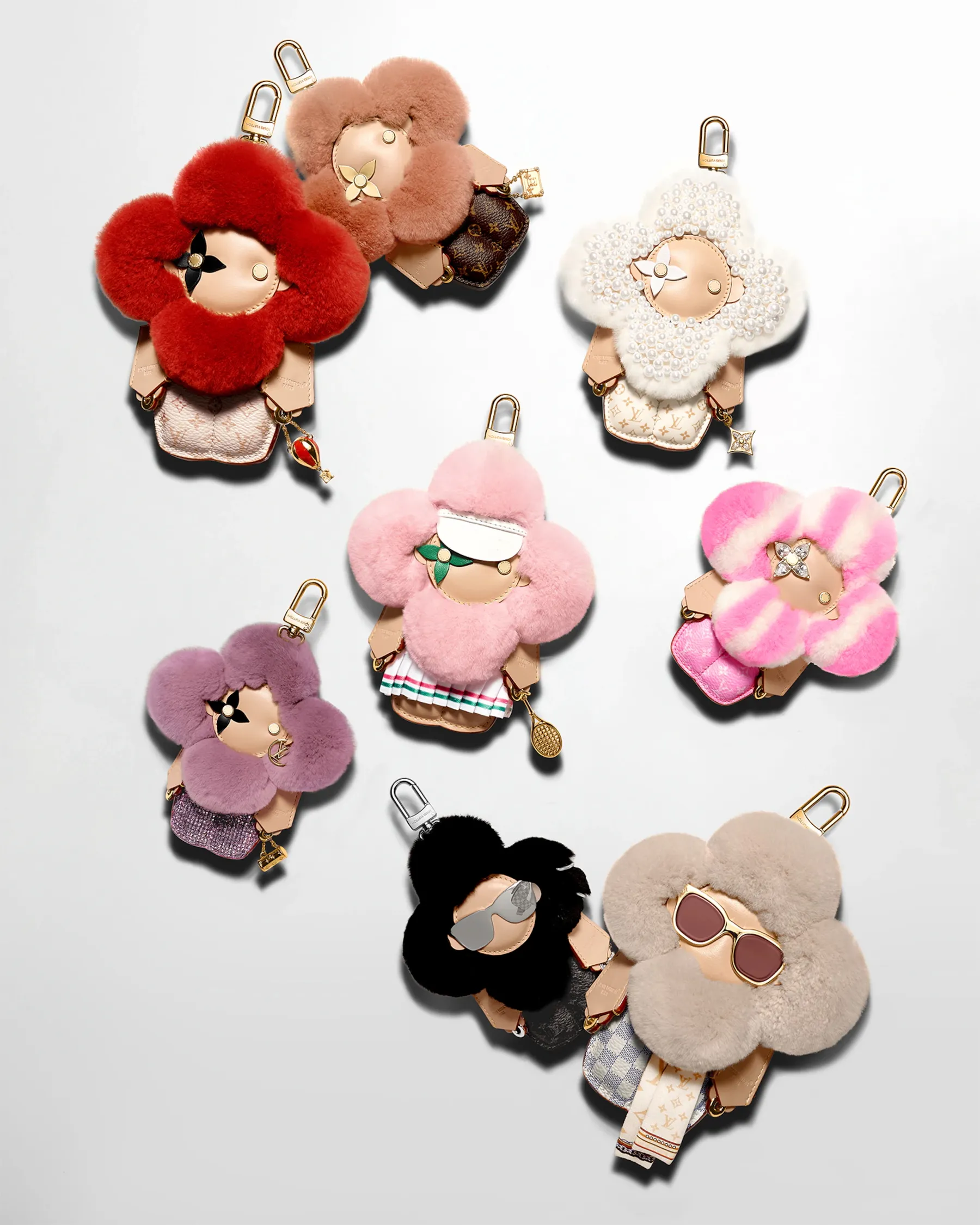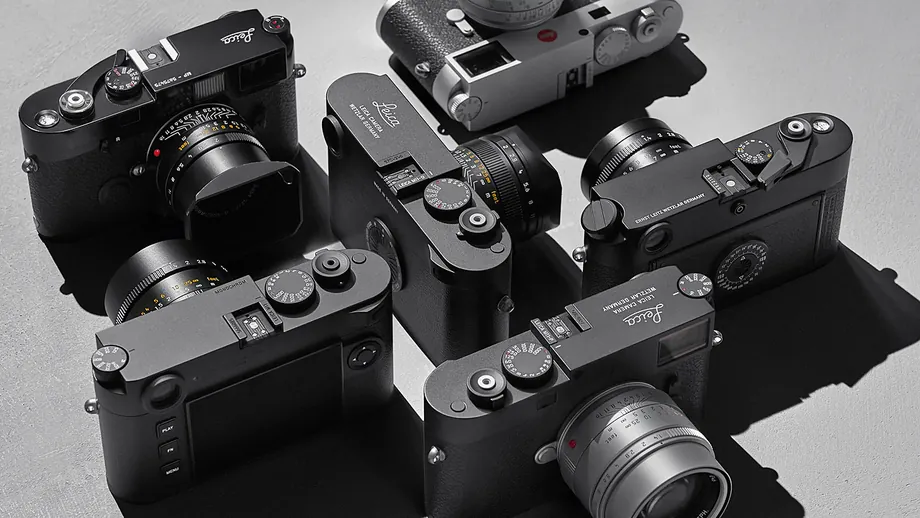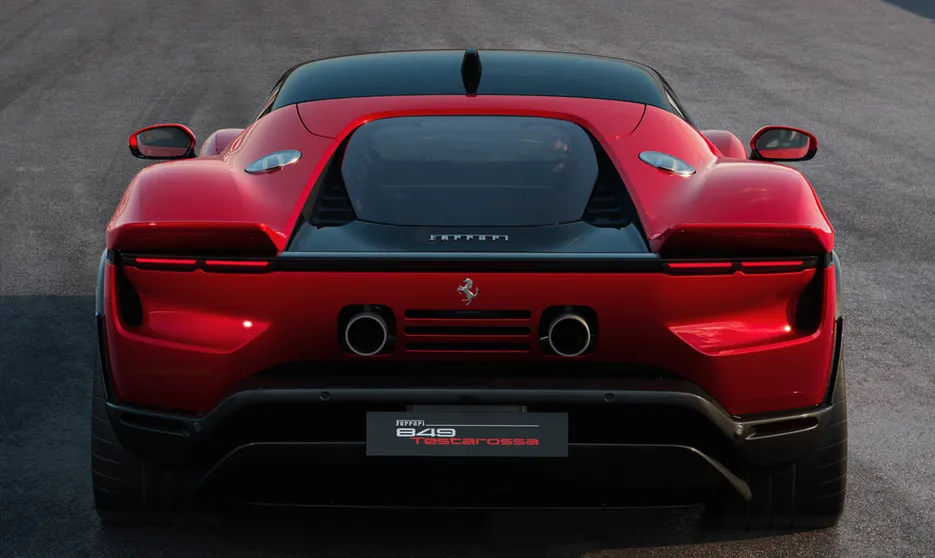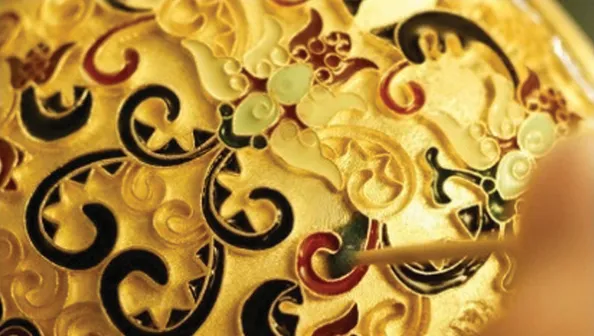Luxury has long projected an image of refinement, seriousness, and prestige. Yet the global rise of Kawaii Tech, identified by WGSN as a major design trend, suggests another force is at play: joy, playfulness, and even deliberate imperfection.
Cuteness is not new — but its role is changing
Japan’s kawaii culture is not a recent fad. It has been a social and commercial force for more than 50 years. Emerging in the 1970s as a form of youth rebellion against rigid academia, kawaii softened in the 1990s “Lost Decade” into a source of escapism. From anime mascots to Hello Kitty, “cute” became a cultural lifeline and a marketing tool.
In China, meng (萌) carries the same childlike charm. From mascots to toy-collecting habits, it has shaped entire industries. Pop Mart’s rise and the Labubu craze are simply the most visible tip of this deeper cultural iceberg.
What’s different now is that cuteness has become a cross-industry design principle and a global luxury strategy. Once confined to youth culture and mass products, it is now embedded in beauty tech, AI robotics, automotive design, and luxury collaborations.
The neuroscience of cuteness
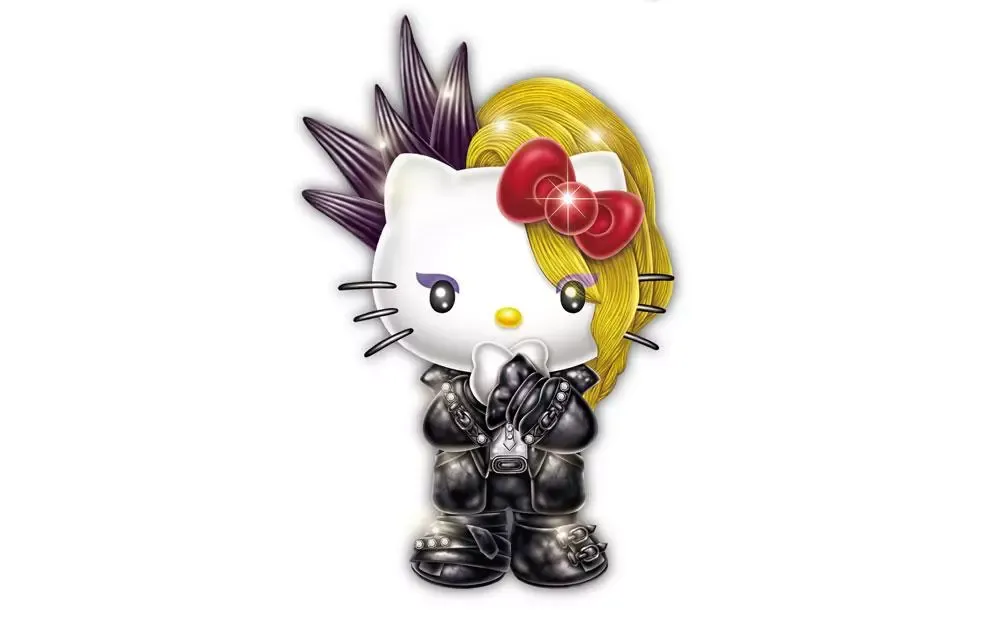
Why does it work so consistently across cultures? Neuroscience provides the answer.
- The Kindchenschema (infant schema), first described by ethologist Konrad Lorenz, explains why features like big eyes, round cheeks, and soft movements trigger instinctive caregiving responses. They bypass rational judgement and activate brain regions linked to empathy and protection.
- Research in Trends in Cognitive Sciences shows cuteness is not limited to visual features — sounds (like giggles) and even smells activate the same circuits. This makes cuteness a multisensory driver of behaviour.
- Oxford studies confirm that cute stimuli trigger fast neural responses associated with pleasure and attention, while also leading to slower, deeper processing in networks tied to empathy and moral emotions.
In practical terms: cuteness captures attention quickly, sustains it emotionally, and makes experiences more memorable. In a world where 23% of adults report daily loneliness, this is not trivial. It helps explain why consumers build such strong emotional attachments to products like Labubu or luxury mascots.
Labubu as a cultural and commercial catalyst
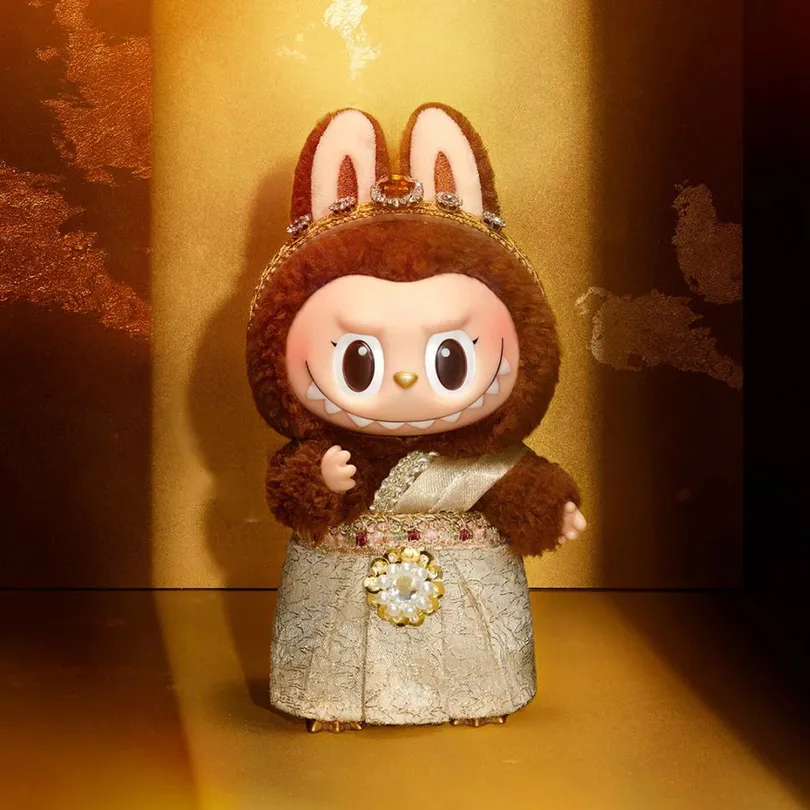
Pop Mart’s Labubu has become a global case study in how cuteness translates into commercial success.
- Collaborations range from Travis Scott’s Cactus Jack sneakers to Gabby Elan jewellery and Uniqlo capsules.
- In London, demand became so intense that some stores temporarily banned in-store sales after scuffles.
- In China, Mini Labubu dolls sold out instantly on JD.com and Taobao. Pop Mart posted US-$778 million in overseas sales in the first half of 2025 and nearly 400% net profit growth.
The lesson? Cuteness is not a niche indulgence — it is a scalable commercial strategy.
Luxury embraces playfulness
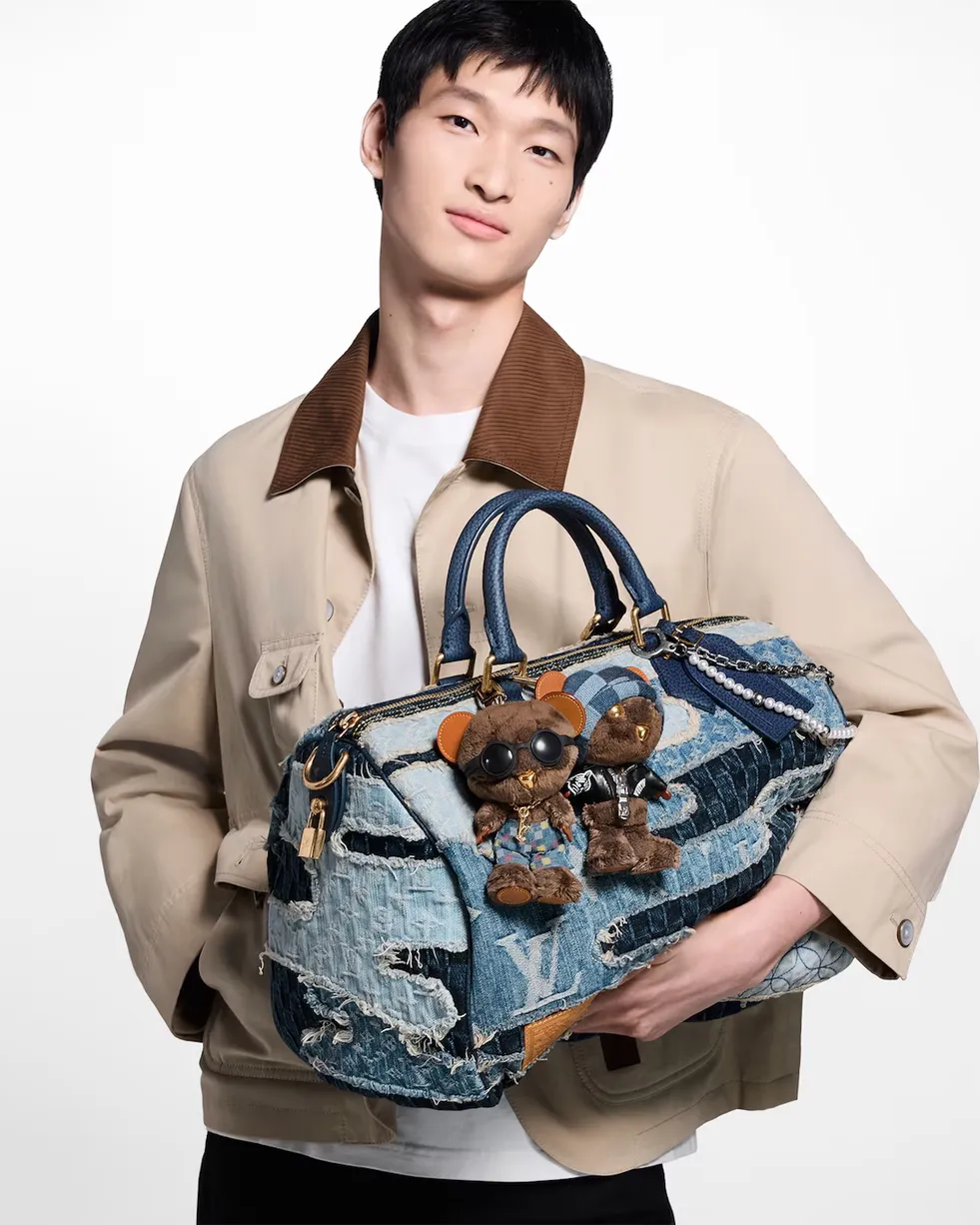
Luxury brands are leaning in:
- Louis Vuitton went viral with charms like Vivienne Fashionista and Louis Bear, echoing the Labubu aesthetic.
- Fendi’s Fendidi Panda, created with Chinese artist Oscar Wang, positioned the house as approachable and youth-friendly.
- Balenciaga used gamification, sending journalists customised Game Boys loaded with a WeChat snake game — nostalgia as brand engagement.
- Miu Miu x Puyi Eyewear took a subtler route, pairing playful frames with Puyi’s distribution strength in Hong Kong and mainland China.
These examples show that playfulness can coexist with prestige, giving luxury new ways to connect with consumers across demographics.
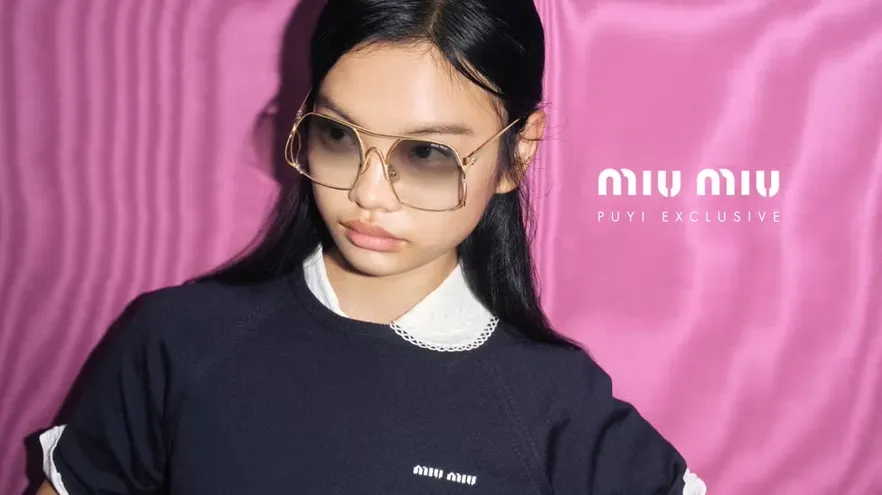
What’s different this time
Unlike earlier cycles of kawaii, today’s resurgence is amplified by three new forces:
3 Reasons This Round of Kawaii is Different
- Backed by science
- Decades of research into the Kindchenschema (infant schema) now validate what brands once used instinctively: cuteness activates empathy, attention, and memory at a neurological level.
- This scientific foundation gives luxury brands confidence to integrate cuteness not as fluff, but as a proven emotional design strategy.
- Fuelled by digital ecosystems
- Social media unboxings, resale platforms like StockX, and viral Weibo hashtags transform cute products into status symbols.
- What once lived in comic books or toy shops now drives secondary markets, sparks early-morning queues, and generates cultural buzz across continents.
- Adopted by luxury, not just mass market
- Historically, kawaii lived in youth subcultures and accessible consumer goods.
- Today, houses like Louis Vuitton, Fendi, and Balenciaga embrace cuteness — reframing it as playful prestige rather than childish novelty.
Lessons for luxury leaders
Customers today do not only seek sophistication. They seek joy, nostalgia, and imperfection — qualities that make experiences feel more human. For luxury in Asia, cuteness is not a gimmick but a strategy to deepen loyalty and relevance.
As I often stress in my masterclasses and consulting: while I may not be the target group for Labubu, we must recognise these behavioural shifts and adapt our approaches. What feels playful today may well shape tomorrow’s luxury engagement.
Final Thoughts
Luxury has always thrived on emotion. Today, joy and playfulness are joining heritage and exclusivity as powerful drivers of brand connection. The challenge for leaders is to integrate these qualities authentically — creating spaces where a Louis Vuitton charm or a Fendi panda can feel just as essential to luxury as a timeless leather bag.
